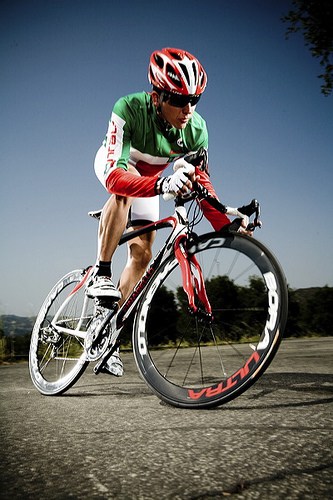The 6-Week Training Plan
I’m happy to announce a new training plan here on Training4cyclists.com. A bike training plan was developed for road cyclists with ambitions to ride a little faster. This training plan will improve your performance within six weeks. It will be a challenging training plan, so don’t enter it if you feel unsure. It’s a demanding […]
The 6-Week Training Plan Read More »

